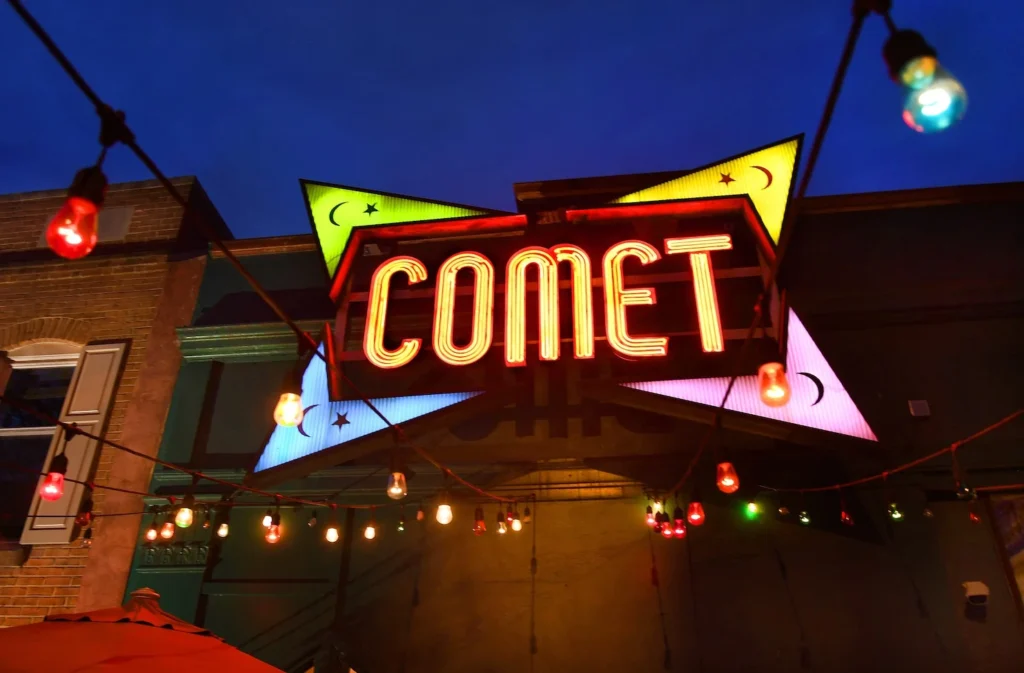In the vast landscape of conspiracy theories, few have managed to capture the attention and controversy quite like PizzaGate. Emerging during the 2016 U.S. presidential election, this conspiracy quickly spread through online platforms, weaving a narrative of child trafficking, high-profile individuals, and a supposedly sinister network operating out of a popular pizzeria. This article aims to delve into the origins, claims, and subsequent debunking of PizzaGate, approaching the subject with an inquisitive tone, and shedding light on the facts behind the fiction.
The Origins
PizzaGate traces its roots to emails released by WikiLeaks, featuring John Podesta, a top aide to Hillary Clinton, and James Alefantis, the owner of Comet Ping Pong, a well-known pizzeria in Washington, D.C. On initial inspection, certain phrases in the emails appeared suspicious, leading some internet users to speculate about a hidden meaning or secret code. The theory swiftly gained momentum, migrating from fringe online forums to social media platforms, resulting in a wildfire of unfounded accusations and misguided conclusions.
The Allegations
The crux of PizzaGate alleges that high-ranking politicians and celebrities were involved in a child trafficking ring, utilizing Comet Ping Pong as a front for their operations. Peculiar details such as references to “cheese pizza” (code for child pornography, according to conspiracy theorists) and supposed underground tunnels beneath the pizzeria fueled this narrative. But does the evidence truly support these claims?
The Debunking
Upon examination, it becomes evident that PizzaGate is a fabrication built upon loose interpretations and distorted facts. Multiple investigations, including one by the Metropolitan Police Department of Washington, D.C., found no credible evidence supporting the conspiracy theory. Overlapping networks of fact-checkers and journalists thoroughly dissected the claims, exposing flaws, inconsistencies, and logical leaps within the conspiracy’s narrative. Numerous innocent people tied to PizzaGate, including James Alefantis, suffered harassment and death threats due to baseless accusations.
The Danger of Conspiracies
While it may be tempting to dismiss PizzaGate as a bizarre and isolated incident, it exemplifies the dangers arising from the proliferation of conspiracy theories in the digital age. The rapid dissemination of unverified information can have profound real-world consequences, tarnishing reputations, inciting harassment, and sowing division within society. It is crucial to approach conspiracy theories critically, questioning their origins, examining the evidence, and consulting reputable sources before accepting or spreading them.
The Wider Implications
PizzaGate also serves as a reminder of the broader societal issues it taps into, such as mistrust in institutions, political polarization, and the power of online echo chambers. It is a symptom of a larger problem, where sensationalism, confirmation bias, and the erosion of trust in traditional media outlets pave the way for the rise of unfounded beliefs. Understanding and addressing these underlying factors is crucial in cultivating a society that values critical thinking and discernment.
Separate Fact From Fiction
PizzaGate stands as a cautionary tale, reminding us of the consequences that can arise when conspiracy theories take hold in the public consciousness. A curious exploration into its origins and subsequent debunking reveals a lack of substance, fueled by speculation and misinterpretation. As we navigate the complex landscape of information in the digital age, it is vital to approach such claims with a skeptical eye, separating fact from fiction in order to preserve our societal fabric.
